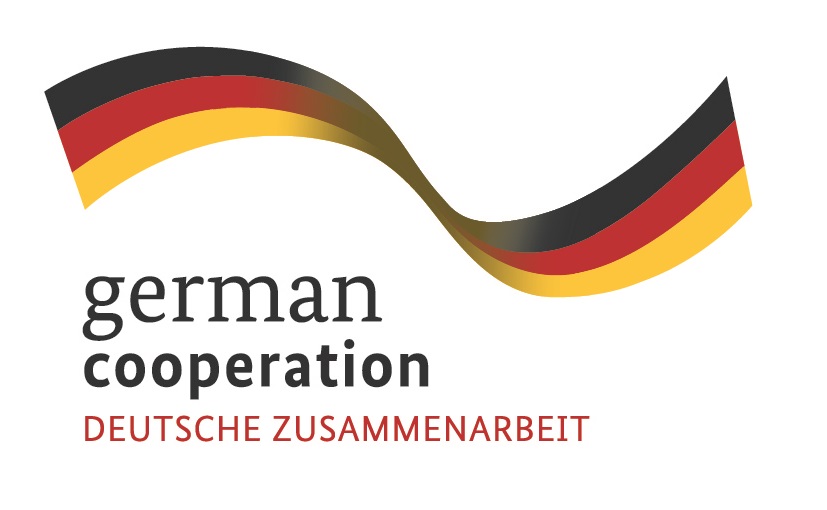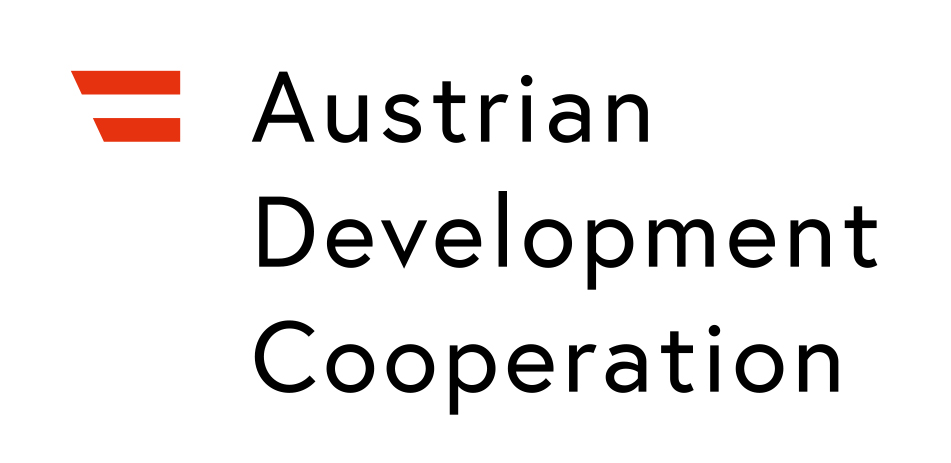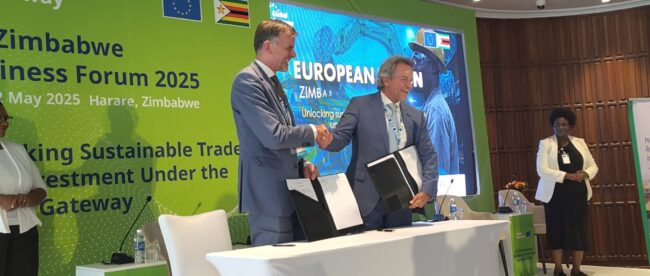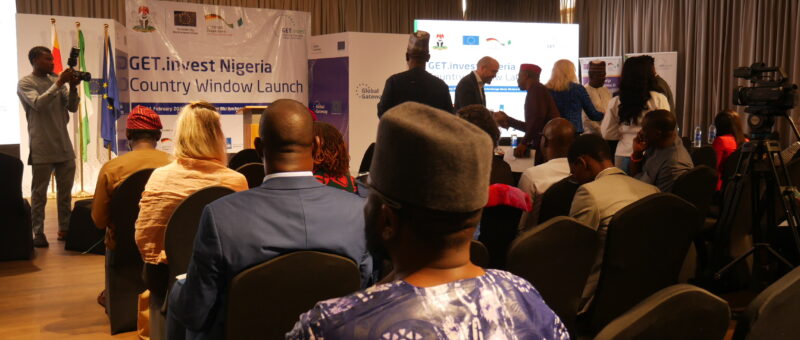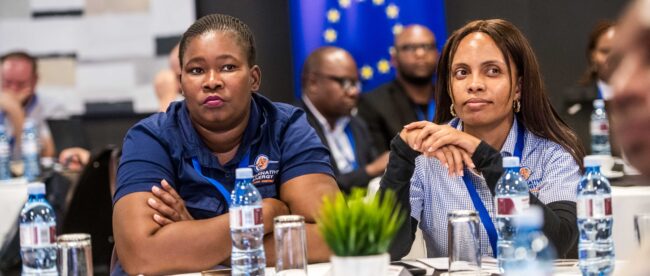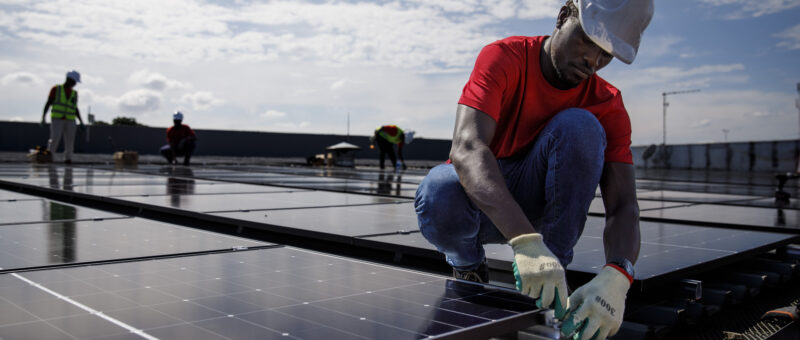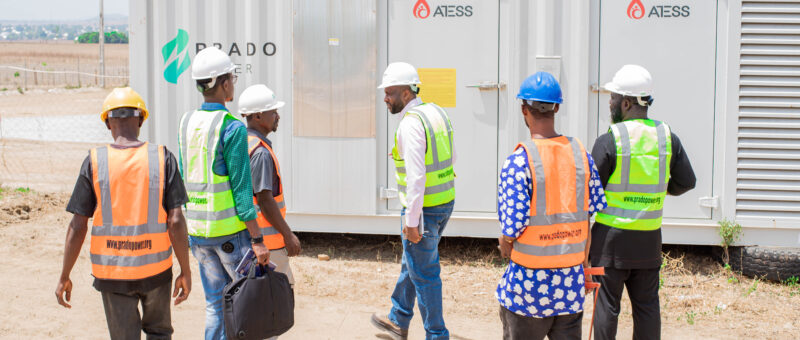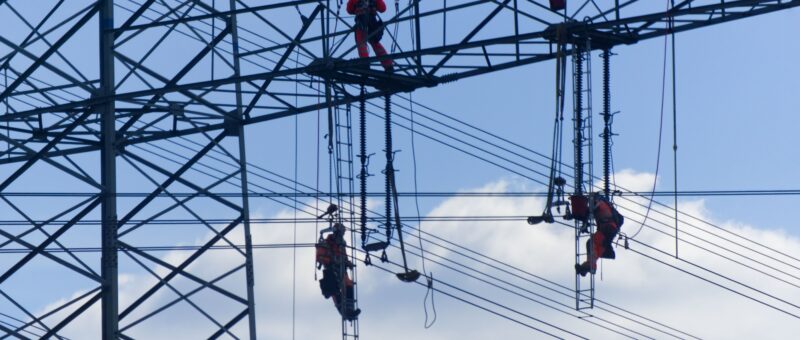Ce que nous faisons
GET.invest est un programme européen qui mobilise des investissements dans les énergies propres dans des pays en développement. Nous aidons les développeurs de projets et les entreprises à se préparer à l’investissement et nous les mettons en contact avec des financiers. En collaboration avec de nombreux intervenants du secteur, nous offrons également une gamme d’autres services pour compléter cet effort. GET.invest vise à augmenter considérablement le volume et le rythme des investissements, à contribuer au développement de marchés de l’énergie durable et à aider ainsi à relever le double défi de l’énergie durable et du changement climatique. En savoir plus…
Depuis 2022, nous exploitons le « Team Europe One Stop Shop for Green Energy Investments » – un guichet unique de l’Union européenne pour les investissements dans l’énergie verte – un point d’accès à l’information et facilitons l’accès aux instruments européens de soutien et de financement pour les projets énergétiques et les entreprises en Afrique.





